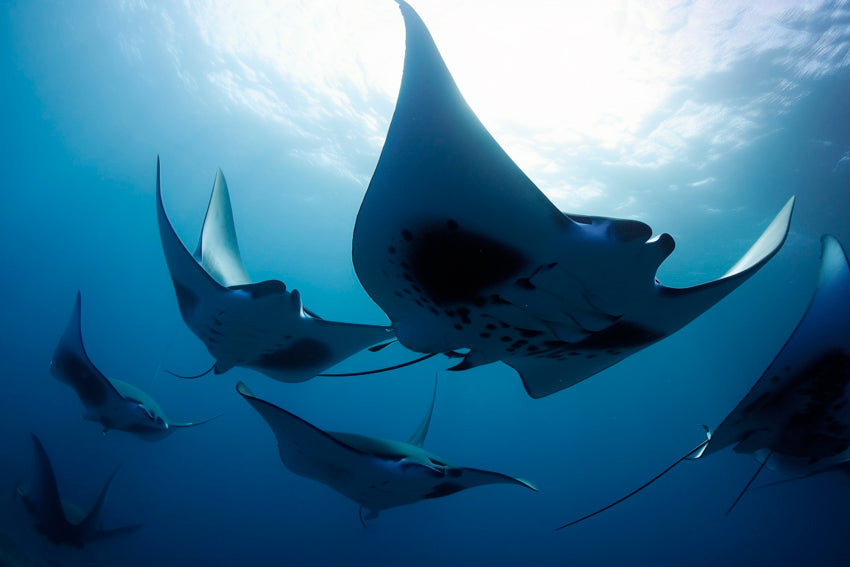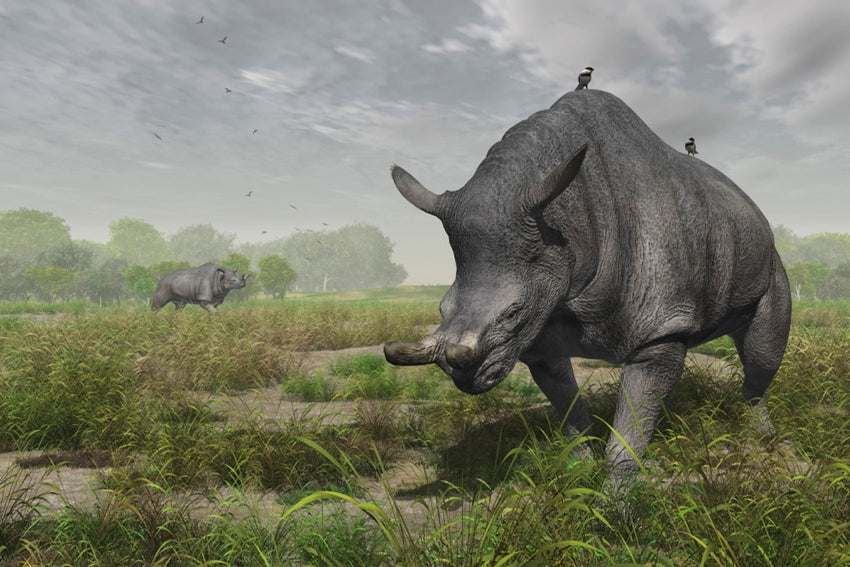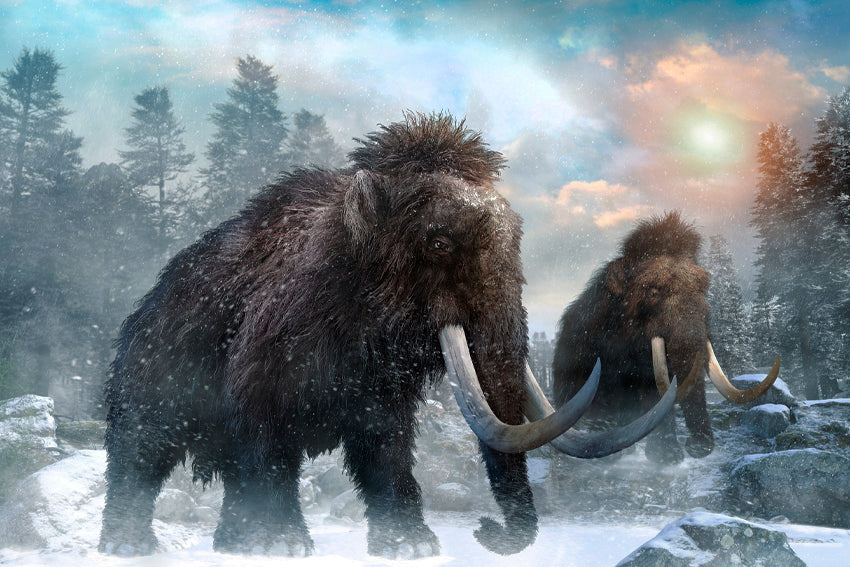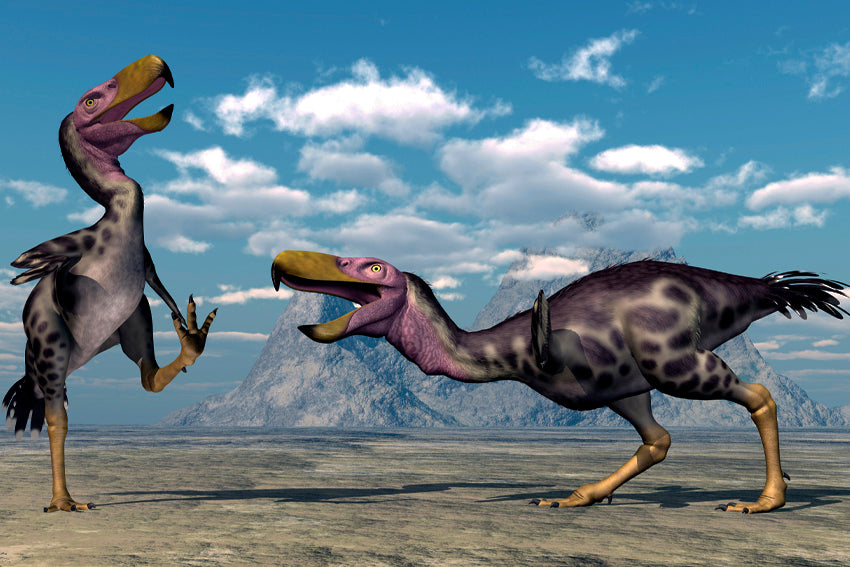The current fish in the Anthropocene are those that are alive in the current geological period, which is characterized by intense human influence on the environment. In this context, fish have experienced a series of changes and challenges due to pollution, overfishing, climate change and the degradation of aquatic habitats.
The current fish in the Anthropocene can be classified into two large groups: freshwater fish and marine fish.
Freshwater fish that inhabit rivers, lakes, and other inland water bodies have been especially affected by human activity. The construction of dams and the alteration of the natural course of rivers have reduced the quantity and quality of freshwater habitats, leading to the extinction of many species and the decline of many others. Additionally, contamination of freshwater by chemicals and residues has adversely affected fish health and diminished the ability of aquatic ecosystems to support life.
On the other hand, marine fish have also experienced a decline in their populations due to overfishing, ocean acidification, rising water temperatures, and pollution. Economically important and commercial fish species, such as tuna, salmon and cod, have been especially affected by overfishing and illegal fishing. Additionally, ocean acidification has affected the ability of marine organisms to form their shell and bone structures, leading to population declines of some fish and other marine organisms.
In summary, current fish in the Anthropocene face a series of challenges and threats that put their survival and that of the aquatic ecosystems in which they inhabit at risk. Proper conservation and management of these ecosystems and the fish populations that depend on them is essential to ensure the long-term health and well-being of both the fish and the people who depend on them.






Share:
Mammals
Reptiles